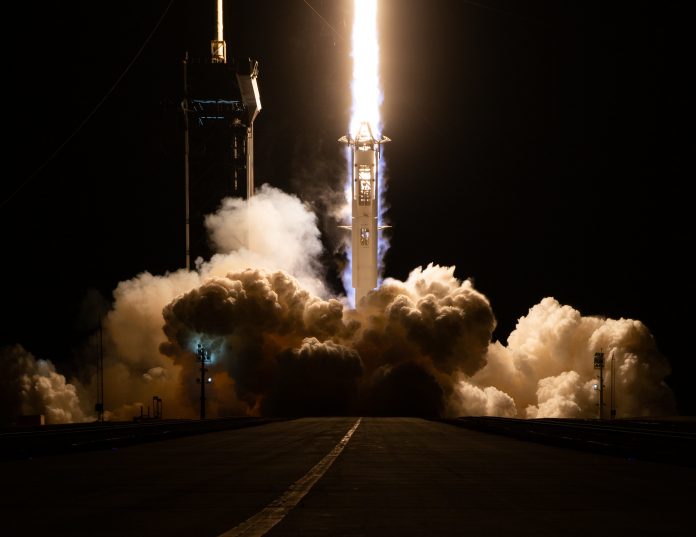Soil on the moon could soon create oxygen and fuel for future space missions – making those exploratory trips potentially longer
When it comes to future space missions, countries are gearing up to be the first ones to explore as far as possible.
The moon is becoming a future space mission hotspot for some countries
The moon specifically is becoming a conceptual goldmine, with an abundance of rare-earth elements – which can be used to create a lot of renewable technologies. On Earth, 95% of rare-earth elements are found in China, while there are other major reserves scattered across the planet.
But other, more renewable resources found on the moon include lunar soil and solar radiation.
Nanjing University material scientists, Yingfang Yao and Zhigang Zou, are exploring a system that could potentially create oxygen and fuel.
They say that lunar soil has active compounds that can convert carbon dioxide into oxygen and fuels, which could possibly make future space missions on the moon much easier.
“In the near future, we will see the crewed spaceflight industry developing rapidly,” said Yao.
“Just like the ‘Age of Sail’ in the 1600s when hundreds of ships head to the sea, we will enter an ‘Age of Space.’ But if we want to carry out large-scale exploration of the extraterrestrial world, we will need to think of ways to reduce payload, meaning relying on as little supplies from Earth as possible and using extraterrestrial resources instead.”
Looking at a sample brought back by the Chang’e 5 spacecraft, the scientists found lunar soil had iron-rich and titanium-rich substances – which could work as a catalyst to make desired products such as oxygen using sunlight and carbon dioxide.
Using only sunlight, the team can create water, oxygen and fuel on the moon
The team went for an “extraterrestrial photosynthesis” strategy. Basically, this system uses lunar soil to electrolyse water extracted from the moon and in astronauts’ breathing exhaust into oxygen and hydrogen powered by sunlight.
The carbon dioxide exhaled by moon inhabitants is also collected and combined with hydrogen from water electrolysis, during a hydrogenation process catalysed by lunar soil. Through this process, hydrocarbons such as methane are produced.
Methane can commonly be used as fuel.
Yao said: “We use in-situ environmental resources to minimize rocket payload, and our strategy provides a scenario for a sustainable and affordable extraterrestrial living environment.”
The only external energy used is sunlight, producing water, oxygen and fuel. The scientists believe that with further testing in space itself, this could potentially support life on a moonbase.











